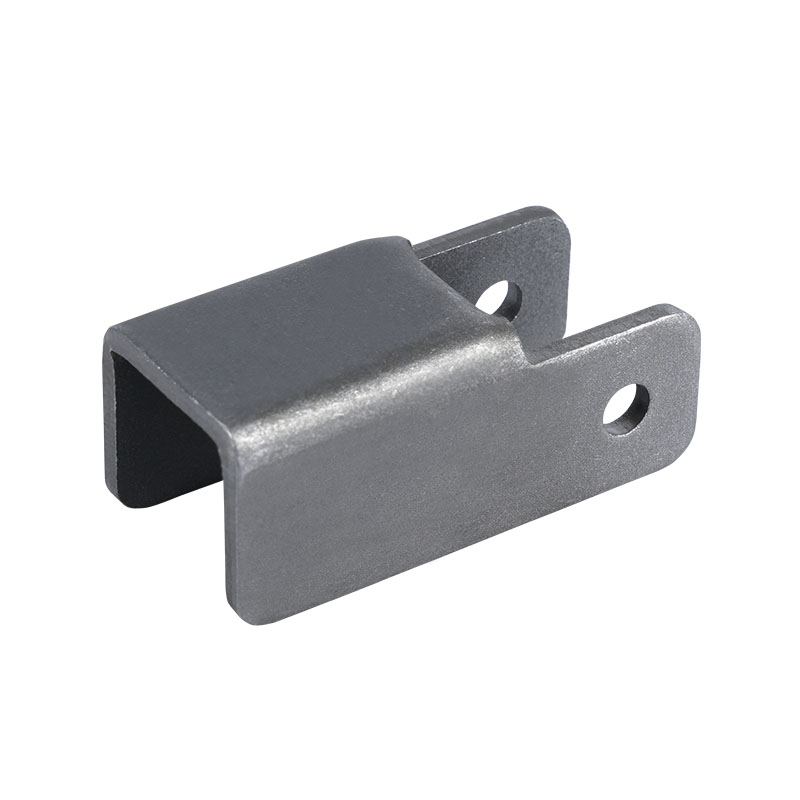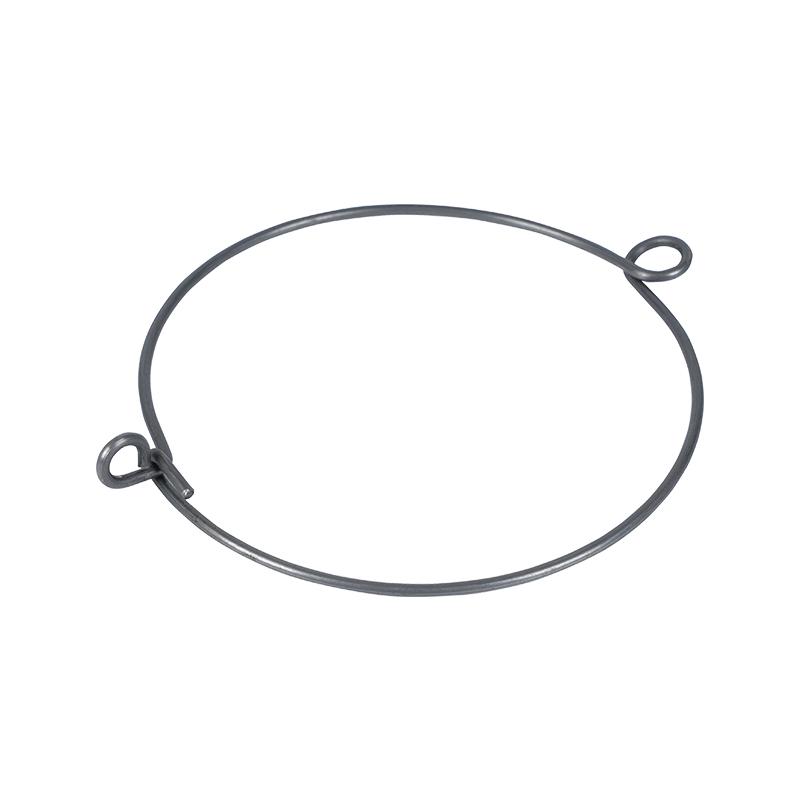Cast Aluminum: The Silent Enabler Reshaping Electric and Aerospace Mobility
As electric vehicles battle range limitations and airlines face decarbonization mandates, a centuries-old material is undergoing a renaissance. Cast Aluminum has emerged as the unsung hero in the weight reduction wars, fundamentally altering how engineers approach vehicle and aircraft design. Its unique properties are solving multiple engineering challenges simultaneously, making it indispensable for modern electrified transport.
The Weight Imperative
Every kilogram removed from an EV extends its range by approximately 2 kilometers. In aerospace, weight savings translate directly into fuel savings and reduced emissions. This is where Cast Aluminum delivers unparalleled value:
Replacing steel components with optimized Cast Aluminum achieves 30-50% weight reduction while maintaining structural integrity
Complex geometries impossible with steel become feasible through advanced casting techniques
Integrated thermal management channels are cast directly into components
Tesla's breakthrough with the Model Y's rear underbody exemplifies this revolution. By switching to mega-casting with Cast Aluminum, they achieved
79 fewer individual parts
30% weight reduction in the critical structural area
Elimination of 1,600+ spot welds
40% reduction in production footprint
"Cast Aluminum allowed us to rethink the entire assembly process," noted Chen Liang, a manufacturing engineer at Tesla's Shanghai gigafactory. "What previously required 80 components and two hours of robotic welding now becomes one solidified structure in under three minutes."
Beyond EVs: The Aerospace Angle
While EVs dominate headlines, aerospace engineers face even steeper weight challenges. Boeing's 787 Dreamliner contains over 20% Cast Aluminum components, with new-generation aircraft pushing that higher. Landing gear brackets traditionally machined from titanium are now being replaced by high-strength Cast Aluminum investment castings, yielding
45% weight savings per bracket assembly
30% reduction in machining time
Improved vibration-damping characteristics
"The magic of modern Cast Aluminum lies in alloy development," explains Dr. Emma Rostock, materials at Airbus' Advanced Projects Group. "New aluminum-silicon-magnesium alloys with tailored heat treatment achieve tensile strengths exceeding 350 MPa while maintaining elongation properties crucial for aerospace safety."

Thermal Management Breakthrough
Perhaps the underappreciated advantage emerges in battery technology. Contemporary Cast Aluminum enclosures do more than protect cells—they actively manage thermal loads. CATL's third-generation Qilin battery demonstrates this dual functionality:
The entire enclosure comprises structural Cast Aluminum with integrated cooling channels
Thermal runaway propagation delay improved by 300% versus steel enclosures
27% better heat dissipation efficiency
10% increase in volumetric energy density
"Cast Aluminum allows us to merge four functional layers—structural protection, thermal management, electromagnetic shielding, and crash absorption—into one optimized component," says Liu Wei, CATL's senior battery architect. "This integration is impossible with stamped or welded solutions."
Manufacturing Transformation
The shift toward large-scale structural Cast Aluminum components is revolutionizing factories:
8,000+-ton gigapresses reduce production footprints by 40%
Combined casting and quenching cycles (T7 treatment) cut heat treatment time by 60%
Integrated sensor systems monitor solidification in real-time, reducing scrap rates
Recycled Cast Aluminum content now reaches 70% in automotive applications
Volvo's recent shift to mega-casted Cast Aluminum platform sections for their EX90 SUV exemplifies this trend. Their Swedish factory features:
◉ Three 9,000-ton IDRA gigapresses
◉ In-line computed tomography scanning
◉ Closed-loop aluminum recycling system
◉ 90-second cycle time for entire rear underbodies
Material Science Frontiers
The race for enhanced Cast Aluminum properties continues:
High-vacuum die casting reduces porosity while improving elongation
Novel grain refiners enhance strength-to-weight ratios
Self-healing alloys under development for aerospace applications
Nano-coated sand cores enable previously impossible internal geometries
"We're entering the third generation of Cast Aluminum technology," states Professor Kenji Matsuda of Toyohashi University of Technology. "The next five years will see yield strengths exceeding 450 MPa while maintaining 10%+ elongation—performance parameters that challenge many steels."
Sustainable Advantage
The circular economy potential makes Cast Aluminum particularly compelling:
Remelting requires only 5% of the original production energy
Automotive-grade Cast Aluminum routinely contains >50% recycled content
Aircraft-grade alloys now incorporate 25-30% recycled material
Rio Tinto's recent partnership with Porsche developed a certified low-carbon Cast Aluminum with:
75% reduced CO₂ footprint versus primary aluminum
Full traceability through blockchain
Identical mechanical properties to virgin material
As automakers target sub-10-second battery swap times and aircraft manufacturers pursue hydrogen-powered flight, Cast Aluminum solutions will continue to evolve. Emerging applications include
Single-piece Cast Aluminum battery trays with integrated thermal systems
Hydrogen storage tanks with Cast Aluminum liners
Wing spar components for electric VTOL aircraft
3D-printed sand molds for complex marine propulsion units
The quiet revolution of Cast Aluminum demonstrates how advanced materials enable technological leaps. By solving the trilemma of weight reduction, structural integrity, and thermal management, this versatile material has become the bedrock of sustainable transportation—one precisely engineered casting at a time."


 English
English русский
русский Español
Español











